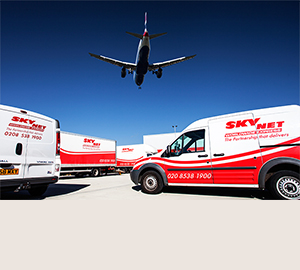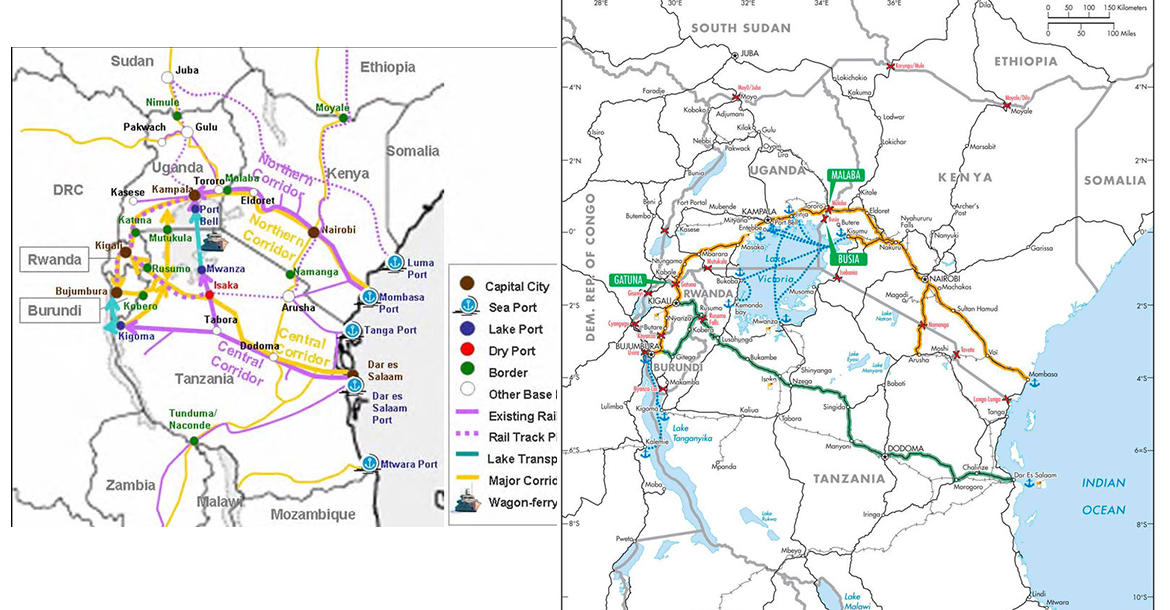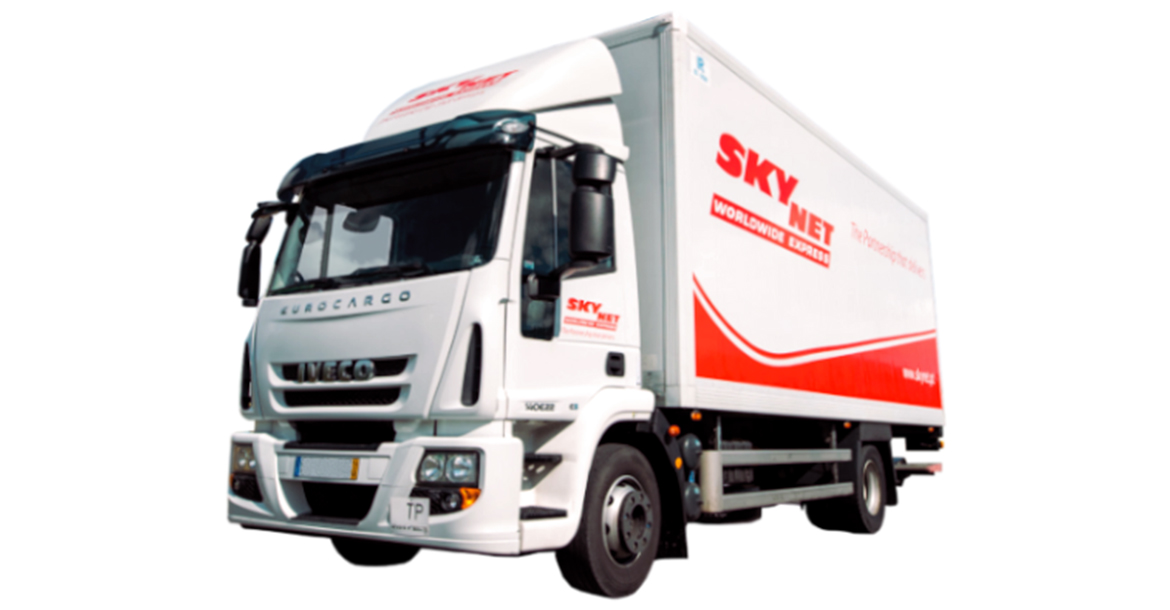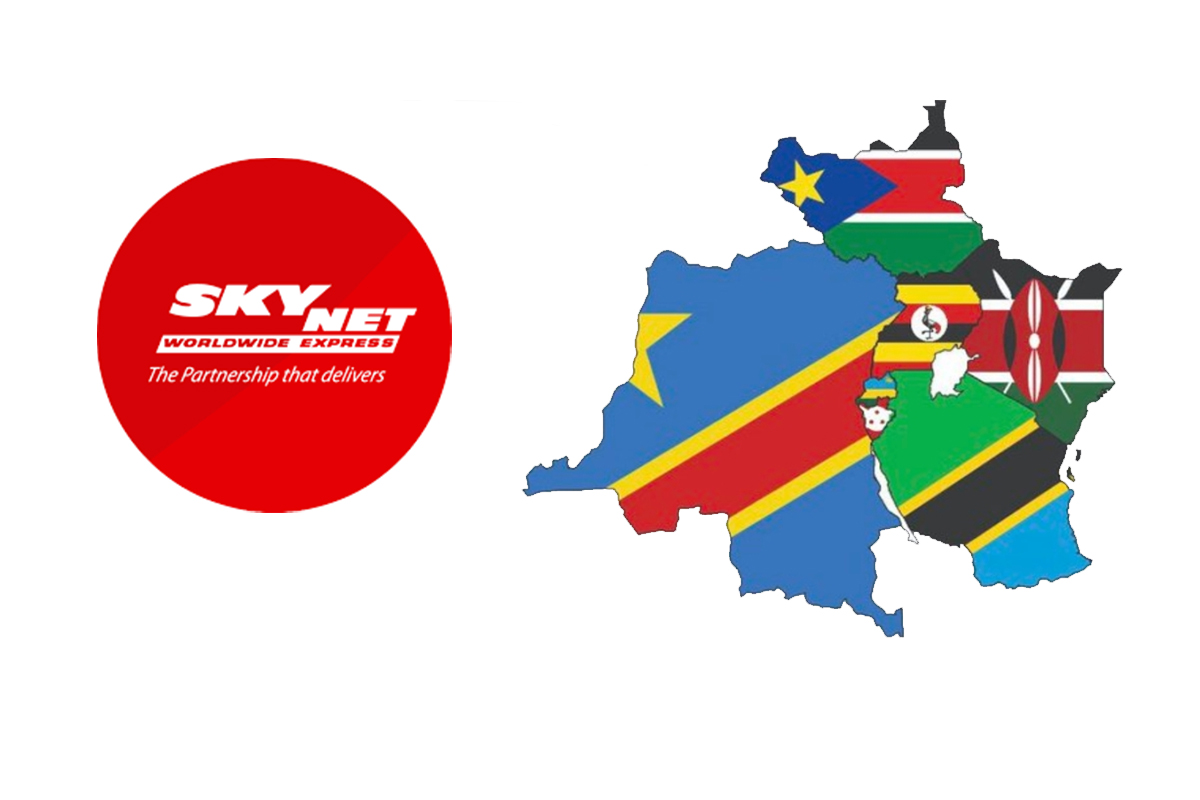Introduction
East Africa is undergoing a logistics revolution. With the African Continental Free Trade Area (AfCFTA) accelerating regional integration and the East African Community (EAC) streamlining customs processes, businesses have unprecedented opportunities to expand across borders.
However, navigating the complexities of cross-border trade—infrastructure gaps, regulatory hurdles, and supply chain inefficiencies—remains a challenge.
For business owners looking to capitalize on East Africa’s booming trade corridors, understanding the latest logistics trends and solutions is critical.

This article explores:
- Key drivers shaping cross-border trade in East Africa
- Emerging logistics challenges and opportunities
- Actionable strategies to optimize supply chains
- How Skynet Rwanda enables seamless regional trade
1. The Growth of Cross-Border Trade in East Africa
A. AfCFTA and EAC: Catalysts for Regional Trade
The AfCFTA, the world’s largest free trade area by participating countries, is set to boost intra-African trade by 52% by 2025 (UNECA).
East Africa’s cross-border trade will grow exponentially—but only businesses with agile, tech-enabled logistics partners will thrive. By leveraging AfCFTA opportunities, adopting digital tools, and working with experts like Skynet Rwanda, companies can turn regional complexities into competitive advantages.
In East Africa, the EAC’s Single Customs Territory and Common Market Protocol have already reduced delays at borders, with clearance times improving by 30% at key hubs like Mombasa and Dar es Salaam.

B. Key Trade Corridors
- Northern Corridor (Mombasa → Uganda → Rwanda → DRC): Handles 70% of Rwanda’s imports.
- Central Corridor (Dar es Salaam → Burundi → Rwanda → Uganda): Faster for southern Rwanda, with 25% lower costs for Tanzanian-bound exports.
- LAPSSET Corridor (Lamu Port → South Sudan → Ethiopia): Future game-changer for northern East Africa.
C. Rising Sectors Driving Demand
- E-commerce: Jumia and Wasoko require agile last-mile logistics.
- Agribusiness: Rwanda’s coffee/tea exports to Kenya and Europe need cold chain solutions.
- Manufacturing: Regional assembly plants depend on just-in-time parts delivery.
2. Logistics Challenges in East Africa (And How to Overcome Them)
A. Customs Inefficiencies
Despite EAC reforms, documentation delays and bribes at borders still inflate costs.
Solution:
- Automated Clearance: Skynet’s NCTS (New Computerized Transit System) integration cuts Rwanda-Uganda transit from 5 days to 48 hours.
- Pre-Clearance Agreements: Partner with logistics firms with pre-approved customs relationships.

B. Poor Infrastructure
Only 26% of East Africa’s roads are paved (World Bank), causing delays.
Solution:
- Multimodal Transport: Combine road with SGR (Standard Gauge Railway) for Kenyan/Tanzanian routes.
- Warehousing Hubs: Store inventory near borders (e.g., Skynet’s Kigali Free Trade Zone warehouse).
C. High Costs
Transport accounts for 40-60% of goods’ retail price in East Africa (Trademark Africa).
Solution:
- Consolidation: Group shipments with other businesses to share costs.
- Route Optimization: Skynet’s AI-powered logistics platform reduces empty return trips by 35%.
3. The Future: 4 Logistics Trends to Watch
A. Digital Freight Marketplaces
Platforms like Lori Systems and Sendy are Uberizing trucking, offering real-time pricing and capacity tracking.
B. Green Logistics
- Electric Vehicles: Rwanda’s shift to e-motos cuts last-mile emissions by 30%.
- Solar-Powered Warehouses: Skynet’s solar hubs reduce energy costs by 50%.
C. Blockchain for Transparency
Pilot projects like TradeLens (IBM/Maersk) are digitizing bills of lading, reducing fraud.
D. Cold Chain Expansion
With 55% of East Africa’s vaccines wasted due to poor storage (WHO), Skynet’s temperature-controlled fleet is critical for pharma/food exporters.
4. How Skynet Rwanda Simplifies Cross-Border Trade
A. One-Stop Logistics Solutions
- Door-to-Door Air & Road Freight: Mombasa to Kigali in 72 hours.
- Customs Brokerage: 98% first-pass clearance rate.
- EAC Transit Bonds: Avoid double taxation on Uganda/Tanzania routes.
B. Technology-Driven Visibility
- Real-Time Tracking: GPS-enabled trucks with SMS/email alerts.
- API Integrations: Sync shipments with your ERP system.
C. Sector-Specific Expertise
- Banks: Secure document courier with tamper-proof seals.
- Hospitals: Climate-controlled pharma logistics (2-8°C).
Conclusion: Preparing for the Next Decade of Trade
East Africa’s cross-border trade will grow exponentially—but only businesses with agile, tech-enabled logistics partners will thrive.
By leveraging AfCFTA opportunities, adopting digital tools, and working with experts like Skynet Rwanda, companies can turn regional complexities into competitive advantages.
Ready To Optimize Your East Africa Supply Chain?
- 📞 Call Skynet Rwanda: (+250)733500120
- 📧 Email: Skynetkgl@gmail.com
- 🌐 Explore Routes: www.skynetwwe.com

